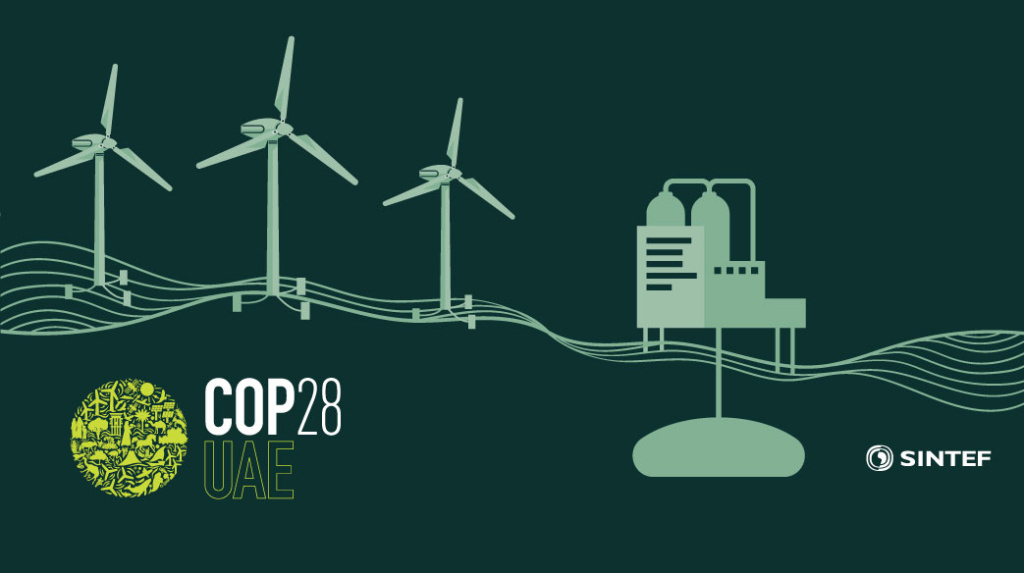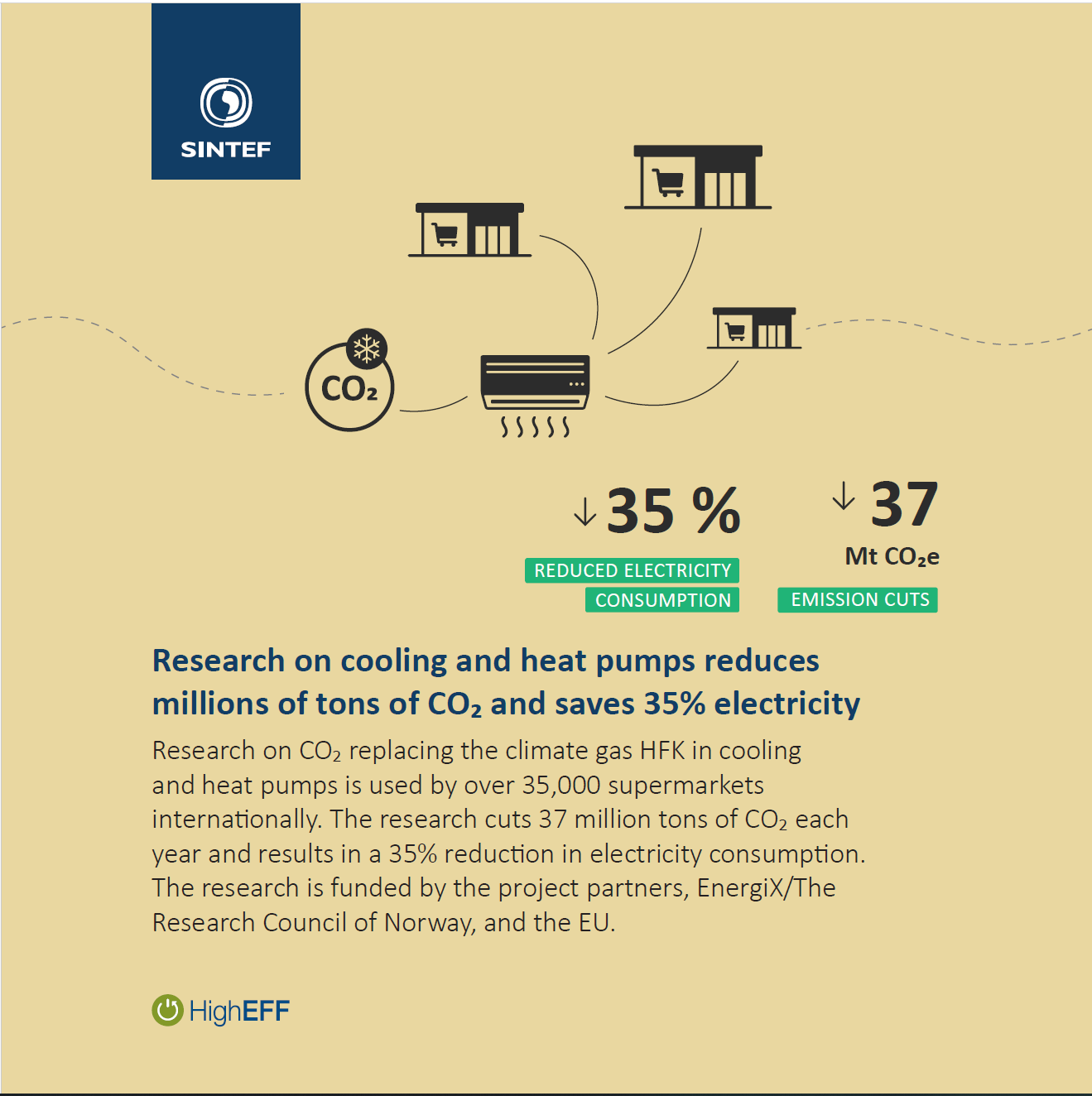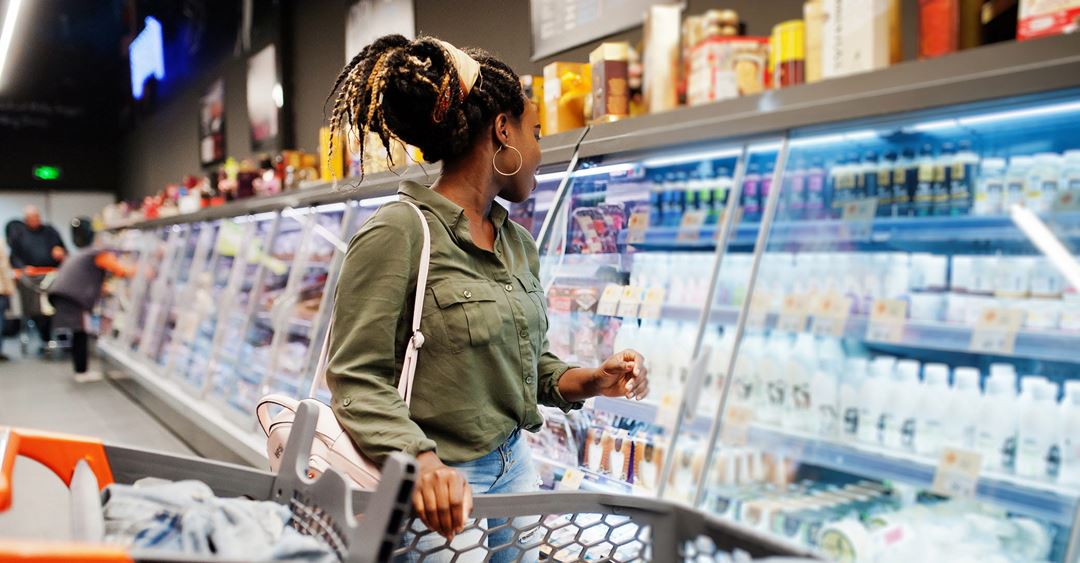The COP28 presidency in the UAE has highlighted sustainable cooling as a crucial issue. According to UNEP, a sustainable approach to cooling is critically important for addressing climate change, both for climate adaptation and greenhouse gas reduction. UNEP has estimated that meeting cooling needs sustainably can help over 1 billion people adapt to climate change and reduce costs of the energy transition by US$ 3.5 trillion by 2030.
With global warming and extreme temperatures, the need for cooling will increase.
COP28-recommendations on sustainable cooling
-
- Develop systems with natural refrigerants that are competitive in efficiency and cost compared to halocarbon-based systems.
- Support restrictions on the use of halocarbon-based fluids with GWP over 150 and bans on fluids falling under the PFAS definition.
- Emphasize finding solutions for heat pumps and cooling systems with natural fluids that can replace the use of fossil heat sources for space heating.
- Support the development of standards allowing higher charge limits for systems using hydrocarbons (HC).
- Prioritize the development of high-temperature heat pumps using natural fluids to contribute to the decarbonization of industrial heat needs, especially between 100-200 °C. Support research programs facilitating such development.

The problem
Chlorofluorocarbons (CFCs) were previously used in products like aerosol sprays, refrigerators, and air conditioners until the Montreal Protocol, effective in January 1989, banned their use due to their ozone-depleting properties. CFCs were replaced by hydrofluorocarbons (HFCs), which, while not ozone-depleting, are potent greenhouse gases.
The Kigali Amendment to the Montreal Protocol, effective in January 2019, aims to gradually reduce HFC consumption. Transitioning to ozone- and climate-friendly alternatives can help avoid more than a half-degree Celsius temperature increase by the century’s end.
A recent climate challenge involves some proposed low Global Warming Potential (GWP) alternatives to HFCs falling under Per- and Polyfluoroalkyl Substances (PFAS), breaking down into trifluoroacetic acid (TFA), which can accumulate in nature, posing potential health risks. Although there are currently no restrictions, a proposal by the 5-country group, including Norway, suggests phasing out these substances.
Moreover, cooling is energy-intensive, and sustainability is affected by the energy source. Using renewable energy for cooling is environmentally friendly, but in areas reliant on fossil fuels for power generation, electric cooling can lead to significant indirect emissions. Therefore, it is crucial for all systems to maximize energy efficiency.

The solution
SINTEF, in collaboration with NTNU, possesses world-leading expertise in sustainable and renewable cooling, focusing on fluids naturally occurring in the biosphere, refrigerants like carbon dioxide (CO₂), ammonia (NH3), hydrocarbons (HC), and water (H2O).
Using these fluids provides a long-term, climate-secure solution. Many countries, especially low-income ones (A5), can directly transition from HFCs to sustainable alternatives without going through substances that might be phased out soon.
In addition to replacing potent greenhouse gases and resulting direct emission, CO₂ as a refrigerant can also contribute to energy savings. For supermarkets, integrating cooling, freezing, heating, and air conditioning needs into the same system has demonstrated around a 35% reduction in power consumption. Over 35,000 such systems are estimated to be installed globally, mainly in Europe. In Norway, most supermarkets have now switched to using CO₂ as a refrigerant.
Systems using other natural fluids, such as NH3 and HC, have proven to be highly energy-efficient, although challenges include the toxicity and flammability of these fluids. Proper use and adaptation of standards for safe operation and installation are crucial.









Comments
No comments yet. Be the first to comment!